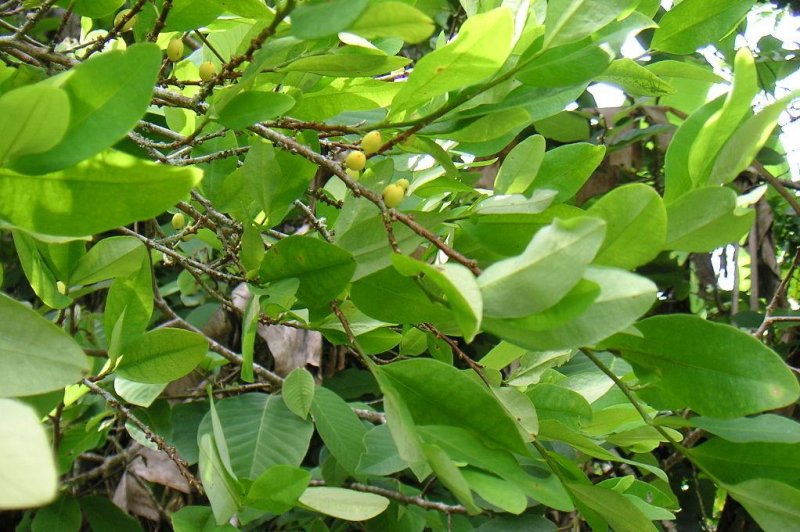NEW YORK, June 27 (UPI) -- The United Nations Office on Drugs and Crime has reported a steep decline in coca, the key ingredient of cocaine, grown in Bolivia, Colombia and Peru.
The annual U.N. report stated that Bolivia has decreased its coca leaf cultivation by 9 percent between 2012 and 2013, the lowest level of production since 2002.















